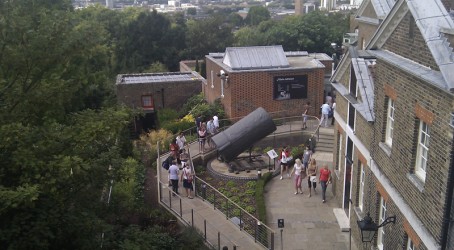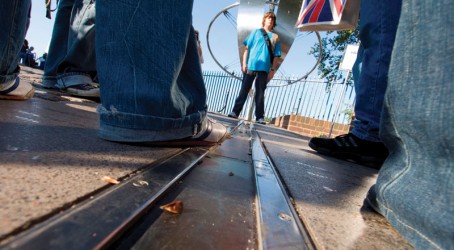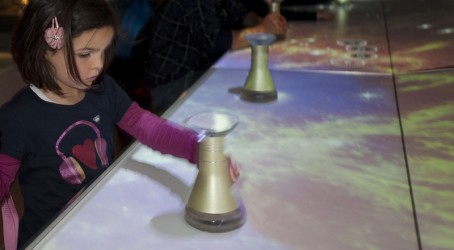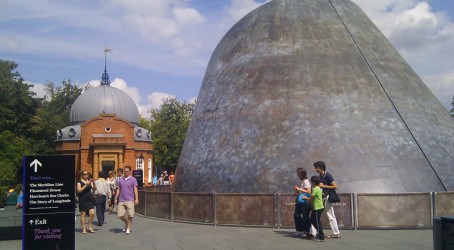Museums
The Royal Observatory, home of the Meridian Line and Greenwich Mean Time, is unquestionably one of the most important historic scientific sites in the world.
Perched atop a hill in Greenwich Park, the observatory commands magnificent views of the River Thames. The observatory has been at the heart of nautical astronomy since the 17th century. John Flamsteed was appointed as the first Astronomer Royal and tasked with drawing a map of the heavens that could be used reliably for navigation at sea. Since then 14 Astronomers Royal have followed in his footsteps, including Edmond Halley who is best known for calculating the periodic orbit of Halley’s comet.

In 1960 the scientific work of the observatory was relocated and Flamsteed House, the original observatory building, joined the National Maritime Museum to be restored for use as a public museum. In 2007 a much-needed £16 million redevelopment project gave the museum a new lease of life.
The northern, older part of the museum has been extensively restored and adapted. The Meridian building houses an impressive collection of telescopes, including the Airy Transit Circle, a 10ft instrument which defined the Greenwich Meridian until 1850. There are also fascinating galleries showcasing marine chronometers, deck watches, sundials, wristwatches, calendars and clocks for visitors to enjoy.
An unassuming spiral staircase in the Great Equatorial Building leads up to the dazzling 28in refracting telescope. The impressive device is more than 100 years old and the largest of its kind in the UK.
A few years ago the Meridian courtyard resembled a battlefield, with young and old visitors alike jostling for the best view and position. These days it’s a less chaotic affair with neat queues waiting patiently for the opportunity to stand with one foot in the west and one foot in the east on the Prime Meridian.

Across the yard visitors can enter the Octagon Room which offers a wonderful panorama of the sky. The room was originally designed to accommodate telescopes for observing celestial events and it was here that Flamsteed first tested and confirmed the regularity of the earth’s rotation.
The new award-winning galleries in Flamsteed House really stand apart from the rest. Time and Greenwich looks at our need to develop increasingly accurate time-keeping devices, while Time and Longitude explains how John Harrison’s famous sea clocks helped to solve the longitude problem in the 18th century. Dozens of historical portraits, drawings, clocks and important artefacts line the walls and cabinets. The interactive displays are easy to use and reveal information about Harrison, his life and his celebrated time-keepers. Harrison’s time-keepers are all on display here, including the forerunner of all precision watches, the H4.
The ground floor of Flamsteed House has been the home of Astronomers Royal and their families for more than 250 years. It is worth taking a few minutes to walk around these other-worldly apartments steeped in rich history.
The redeveloped part of the museum has a different feel to it, with the emphasis firmly placed on interactive learning and modern exhibits.
The Astronomy Centre, in the original 1890s Physical Observatory, houses the new Weller galleries. Visitors are invited to touch a 4.5 billion-year-old meteorite and watch how the universe was formed. The centre is filled with excited children eager to explore. One of the most popular interactive exhibits, surrounded by umpteen spectators, asks visitors to launch and guide a space mission. This is creative and fun learning at its very best.


At the heart of the redevelopment is the new 120-seat Peter Harrison Planetarium. The shows combine images from spacecraft and telescopes with advanced computer graphics. Visitors are transported to the centre of the sun, to the edge of our solar system and far, far beyond the distant stars.
- Admission charge applies to Flamsteed House and Meridian courtyard. The rest of the museum is free. Planetarium shows cost extra. See www.nmm.ac.uk